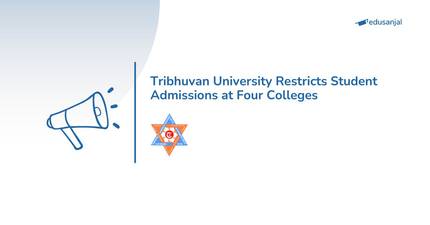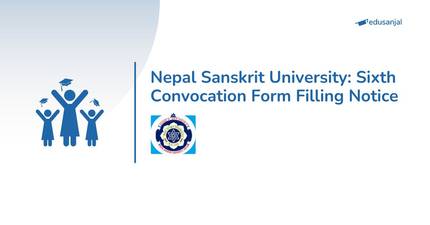Prithivi Narayan Multiple (PN) Campus is not only ahead because of its student population but is also ahead with the quality of education it provides. Students who have studied here have done well for themselves and hold high positions in many organizations in Nepal and have also have rooted the institutions name high internationally.
Students come to PN campus not just from Pokhara, where it is located, but from all over the place. Hundreds of students come to this education institution also because it is located in a clean city with job opportunities.
Around 15,000 students are currently enrolled in humanities and social sciences, management, education, science and technology and law in the Campus. According to Campus Chief Gehendra Koirala, there are around 17 subjects including Mathematics, Humanities and Science in the intermediate section.
He added that the Campus is providing everything the students need for a good education and has established libraries with books for every subject and laboratories as needed.
PN Campus introduced economics in 1978, geography in 1979 and Nepali subjects in 1990. Similarly in 1990, Masters in Business Studies (MBS) and mathematics and English subjects in 1992 were introduced.
History, political science and social studies, education planning and management, health studies, population and physics are just some of the subjects the campus boasts.
All the subjects were added according to the student’s wants. The institution is also set to introduce a five year course of BA LLB (law Studies) from this year. To this Koirala said that this is the first time Law Studies have stepped outside the capital city and being taught.
Tourism, Hotel Management and IT are other subjects the Campus is going to introduce soon in its premises.
“Students from as far as Jhapa and Bajhang come here to enroll themselves in subjects like Management, Humanities, Science and Law,” confirmed Koirala, adding, “And since we have classes in the morning, afternoon and evening, students prefer to join us. Those who work can either go for morning or evening classes.” He also added that job opportunities are more in Pokhara than in Kathmandu and that the environment is safer.
Anil Timilsina came to Pokhara from Jhapa because he liked the place and it was safe. “I’ve invited some of my relatives and friends to come study here too because along with your studies, you have the opportunity to work here,” said Timilsina, currently studying in PN Campus.
Amar Khadka from Humla also thinks that Pokhara is a suitable city to live and study in. Initially, he had come to Kathmandu to live and study with his relatives. However, the chaotic environment of the city drove him back to peaceful Pokhara.
Established in September 1, 1960 with 13 students and two teachers, this campus now has the largest student body due to the peaceful atmosphere of the city. Until last year, 16,691 students were admitted to the campus.
After the certificates of the intermediate level students were cancelled, the population of the students has gone down this year. According to the campus, many students at the graduate level are enrolling for the education, management and sociology department. At present 15,000 students are studying in the campus.
In the Masters level, subjects like sociology, education, management and science are available to the students. Education and management have the largest number of students in the Masters level.
There are 549 teachers and 131 staff members in the campus. Seeing that PN Campus is the largest campus in the country, quantity and quality wise, it really wants to change into a university says head of Geography Department, Krishna Koshi. He says that the campus authorities have being trying to do this countless times.
“Five decades ago, Prithwinath Inter College was started in some classrooms of the Nadipur based Kanya School with 13 students and two teachers,” says Koshi, “ For the campus to reach this level, many Pokhara locals have worked hard.”
After the end of the Rana rule, Pokhara forwarded its education system in an open environment. In 1958, many SLC graduates and locals from Pokhara took out a rally in order to bring to light the pressing need for a college in the city.
The rally managed to grab the attention of the local administration, pro-education people and social workers after which they decided in a meeting that Pokhara does need a higher education institution of its own. Then started the work of putting together a managing committee, finding a principal, starting education and arranging a financial source for the campus.
It was after George John came as a principal, through the contacts of pro-education Pokhara locals Bimal Bahadur Thapa and Jagannath Sigdel, that the plan for the college finally started to materialize.
The campus’s buildings were built with the support of Tribhuvan University and the local government from 1973 to 1998. According to the Tribhuvan University decentralization act 1998, the campus was also decentralized in 1999, said the present principal Koirala.
With the developing education and physical infrastructure, Prithvi Narayan Campus is also heading towards being a university now. Koirala guarantees that with the expansion of the physical infrastructure, the academic development, financial independent and the increasing student population, it has already reached the level of a university.
34 subjects, 15 thousand students:Prithvi Narayan Multiple Campus
Manoj Adhikari
April 05, 2014
Last updated May 13, 2024












